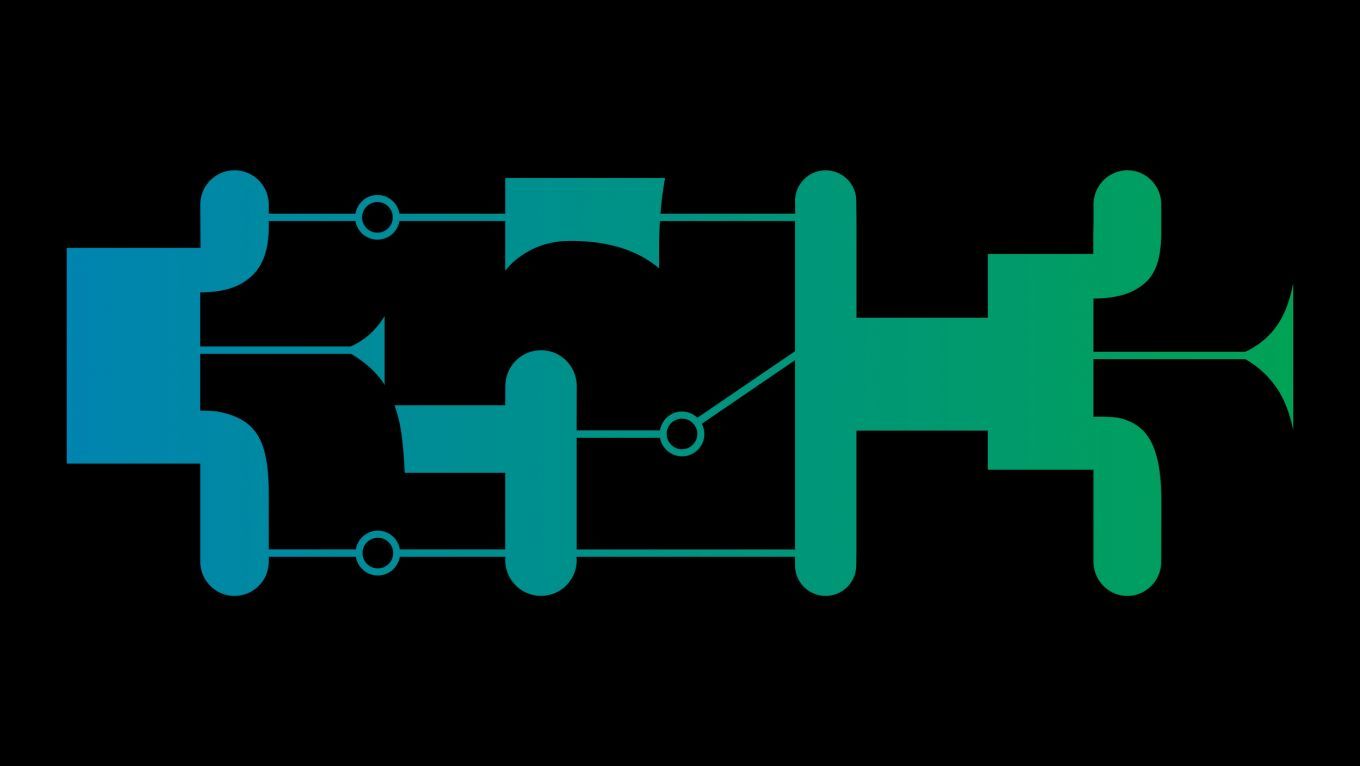Hardware & Making
Modeling and Simulation of Physical Systems for Hobbyists
Essential Tools for Developing, Testing and Debugging Systems Interacting with the Real World
This is a foundations talk about modeling and simulation as tools for development, testing and debugging systems. It requires very little previous knowledge to address all makers and hobbyists interested in creating or modifying hardware that physically interacts with its environment (e.g. robots, drones, etc.). It explains the purpose of modeling and simulation, basic principles, and tips and tricks on a practical level.
During the development of robots, drones or other machines, the individual components are usually not all available at the same time, but are developed and tested separately and then assembled to the final system. Thus, it is often useful to have a placeholder that acts just like the missing components that are not present. Or, for debugging, it might be useful to have a reference configuration, which is known to work, in order to exclude potential sources of error. On the other side, it might be helpful to artificially recreate errors to test the system for robustness to these errors without risking real hardware. This is where modeling and simulation are useful tools to make the development faster and less error-prone.
This talk explains basic modeling and simulation techniques that help even for small project, how to model the physical effects encountered most frequently and to make a simulation of the created model run in a simple way. All examples will be held as practical as possible for community projects, relying only on common hardware and open-source software, in order to make them useful for a broad audience.
Bring your computer with Gnumeric, Python and OMEditor installed to follow the examples, if you want.
Additional information
| Type | lecture |
|---|---|
| Language | English |
More sessions
| 12/27/18 |
When a electrical device needs to be a piece of art or used as a mechanical component, a printed circuit board is more than a piece of fiberglass with wires embedded in it. In chemical engineering applications internal holes which allow fluids to be transported through the PCB need to be placed in complex precise patterns. As art, holes can be used to create positive and negative space, allowing you to see a charlieplexed LED display as a snowflake. Creating complex shapes in PCB design software ...
|
| 12/27/18 |
While a lot of projects are currently developing their own processors, mostly as open source in Verilog, VHDL or even Chisel, we miss the free process that actually manufactures these chips. So we're developing the "Libre Silicon" project, a portable semiconductor manufacturing process and technology, using only free and open source tools: We would like to introduce the project, who we are, what we are doing and where we are now.
|
| 12/27/18 |
<a href="https://www.sigfox.com/">Sigfox</a> is an emerging low-power wide-area network (LP-WAN) technology for IoT devices, comparable to <a href="https://lora-alliance.org/">LoRa</a>. This talk recounts my analysis of Sigfox's radio protocol and presents an open reference implementation of an alternative Sigfox protocol stack. It confirms that while Sigfox ensures authenticity and integrity, transmitted payloads are not confidential. This presentation is targeted at a technical audience with ...
|
| 12/27/18 |
Encoding or decoding random radio-waveforms doesn't need incredible expensive hardware anymore which offers new possibilities for building up over-the-air communication systems. There are Software Defined Radios providing affordable cellular radio to remote villages, Community Radios are using SDR to build up digital radio networks and other cool stuff. Some basic knowledge what is going on in SDR Hard/Software as the influence of the samplerate, I/Q-data of the math behind the waterfall-diagram ...
|
| 12/27/18 |
Open Source firmware ist ein Begriff seit 1999 wo LinuxBIOS (coreboot) und u-boot als Projekt starteten. Heute nach fast 20 Jahren ist endlich Open Source firmware bei den Herstellern von Hardware angekommen: Google Chromebooks - coreboot Facebook Open Compute Hardware - coreboot / LinuxBoot Purism Laptops - coreboot Microsoft Olympus - TianoCore Microsoft Surface - TianoCore IBM Power 9 - Hostboot / Skiboot ARM Hardware - ARM Trusted Firmware Intel Minnowboard - TianoCore, coreboot A lot ...
|
| 12/28/18 |
The <a href="http://symbiflow.github.io">SymbiFlow project</a> aims to be the "GCC of FPGAs" - a fully open source toolchain supporting, multiple FPGAs from different vendors. Allowing compilation from Verilog to bitstream without touching vendor provided tools, it includes support for large modern FPGAs like the Lattice ECP5 and Xilinx 7 series. These FPGAs can be used for things previously out of reach of FOSS tools, things like high resolution video and many gigabit networking. We have also ...
|
| 12/28/18 |
Project IceStorm provides the first end-to-end open source FPGA toolchain, was originally presented at 32c3, and only targetted Lattice iCE40 FPGAs. nextpnr is the next big step for open source FPGA tools, providing a retargetable open source FPGA place-and-route tool that will enable open source flows for many different FPGAs from many different vendors.
|

